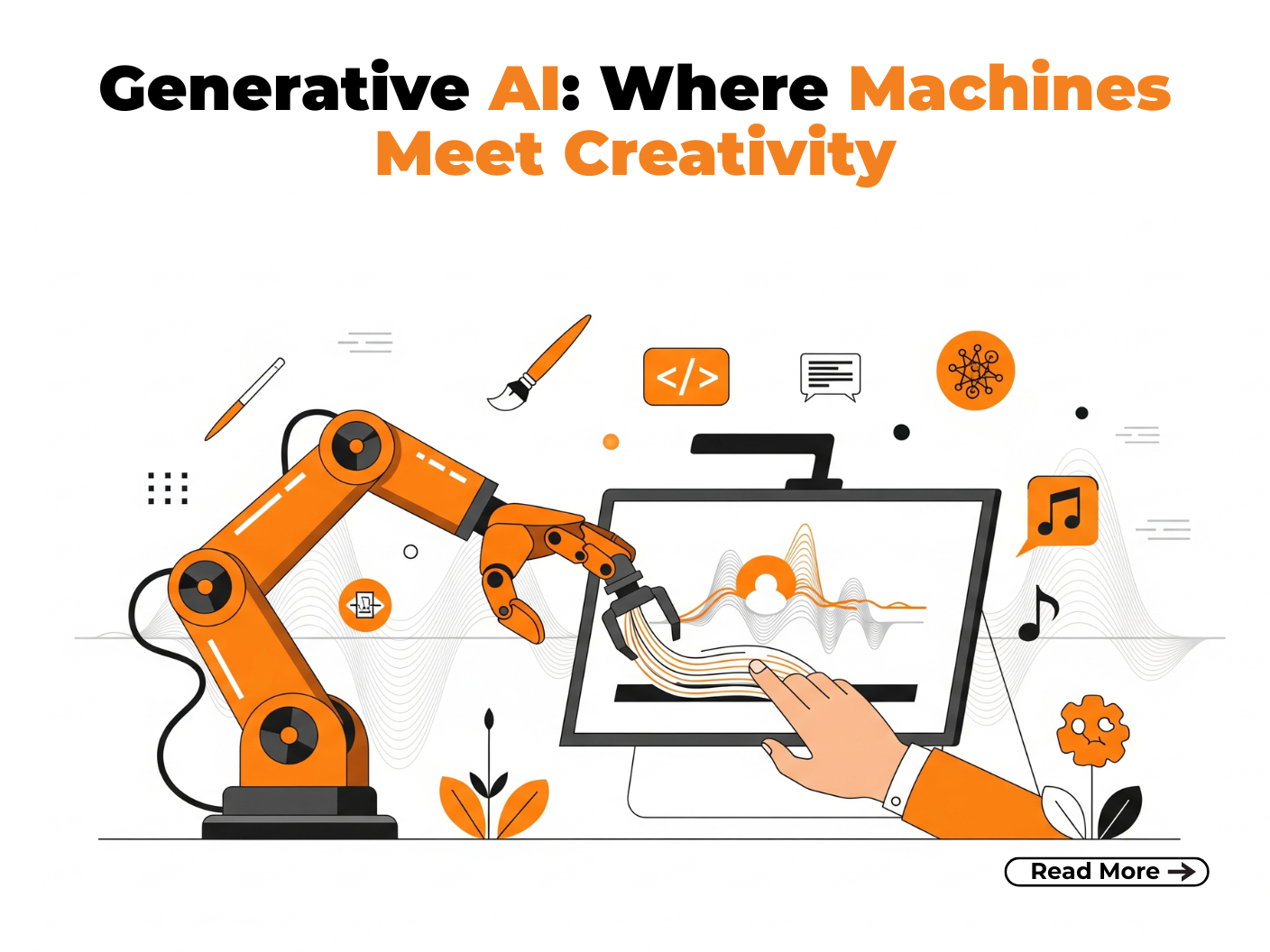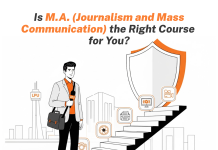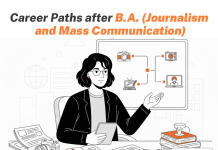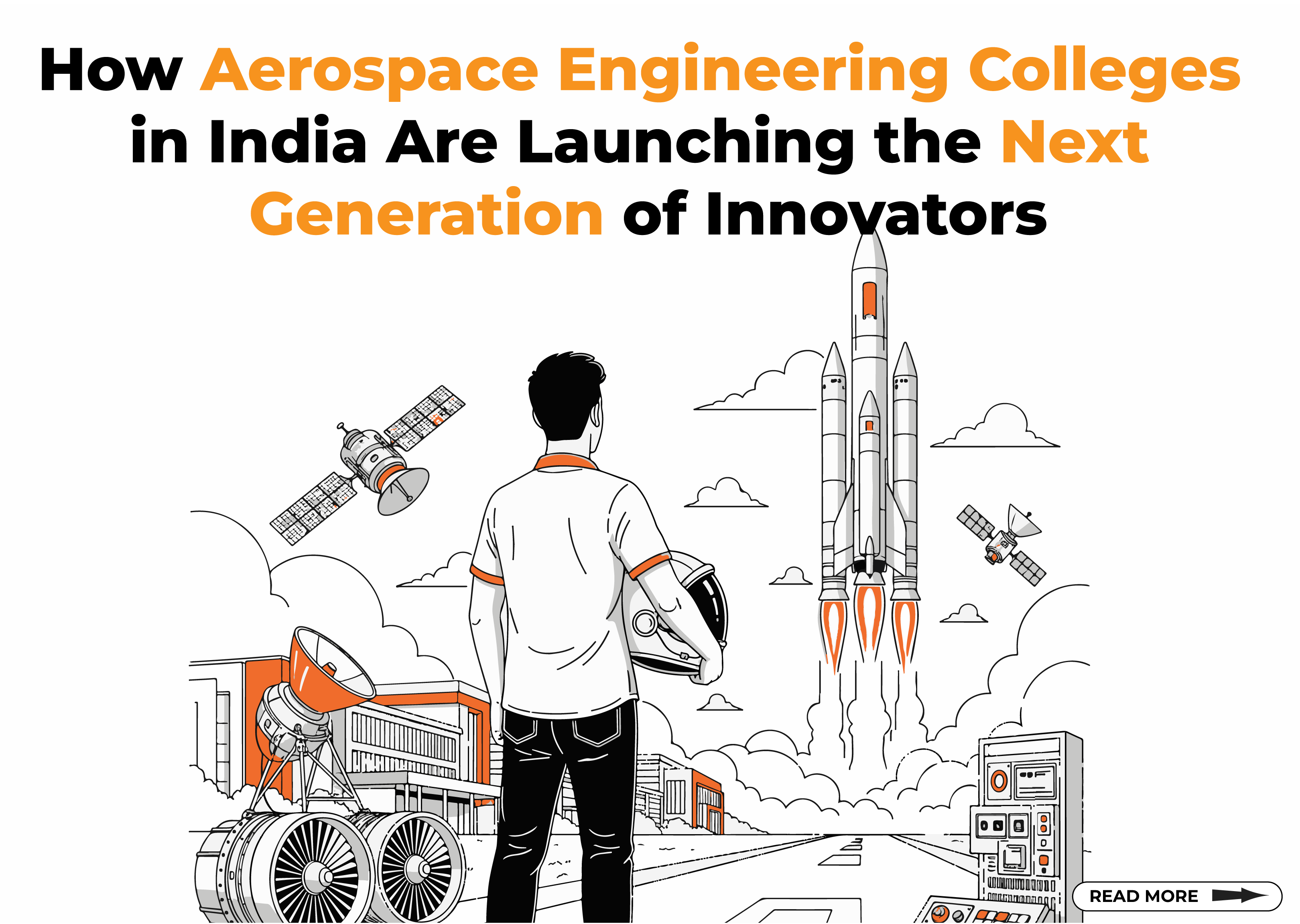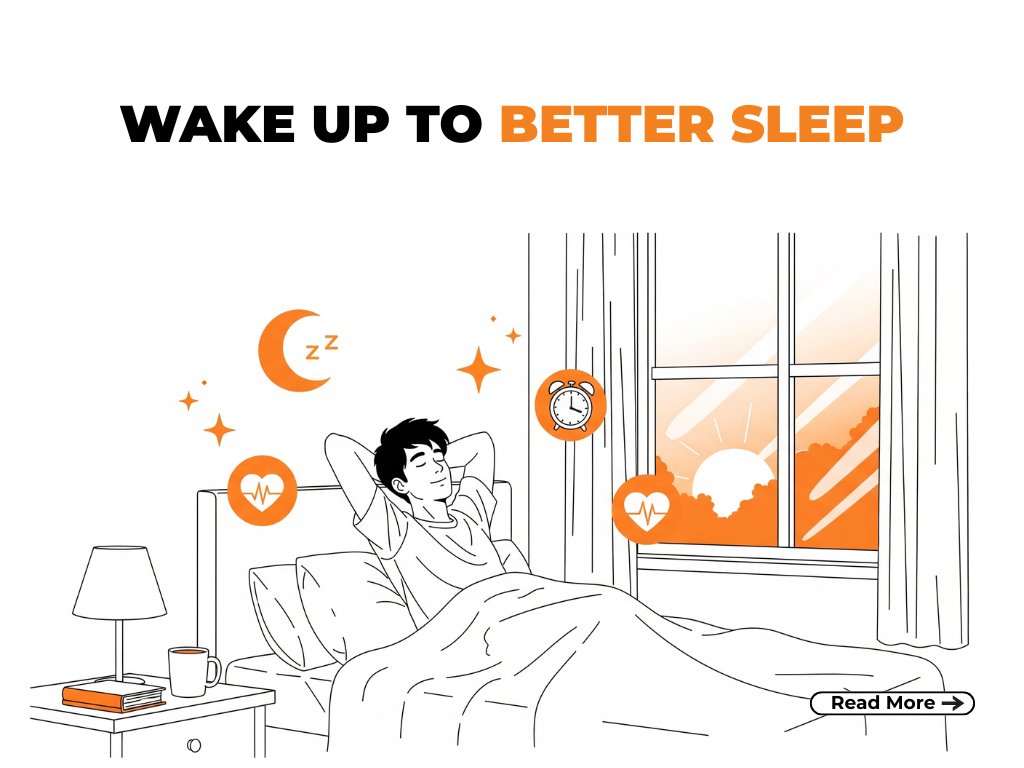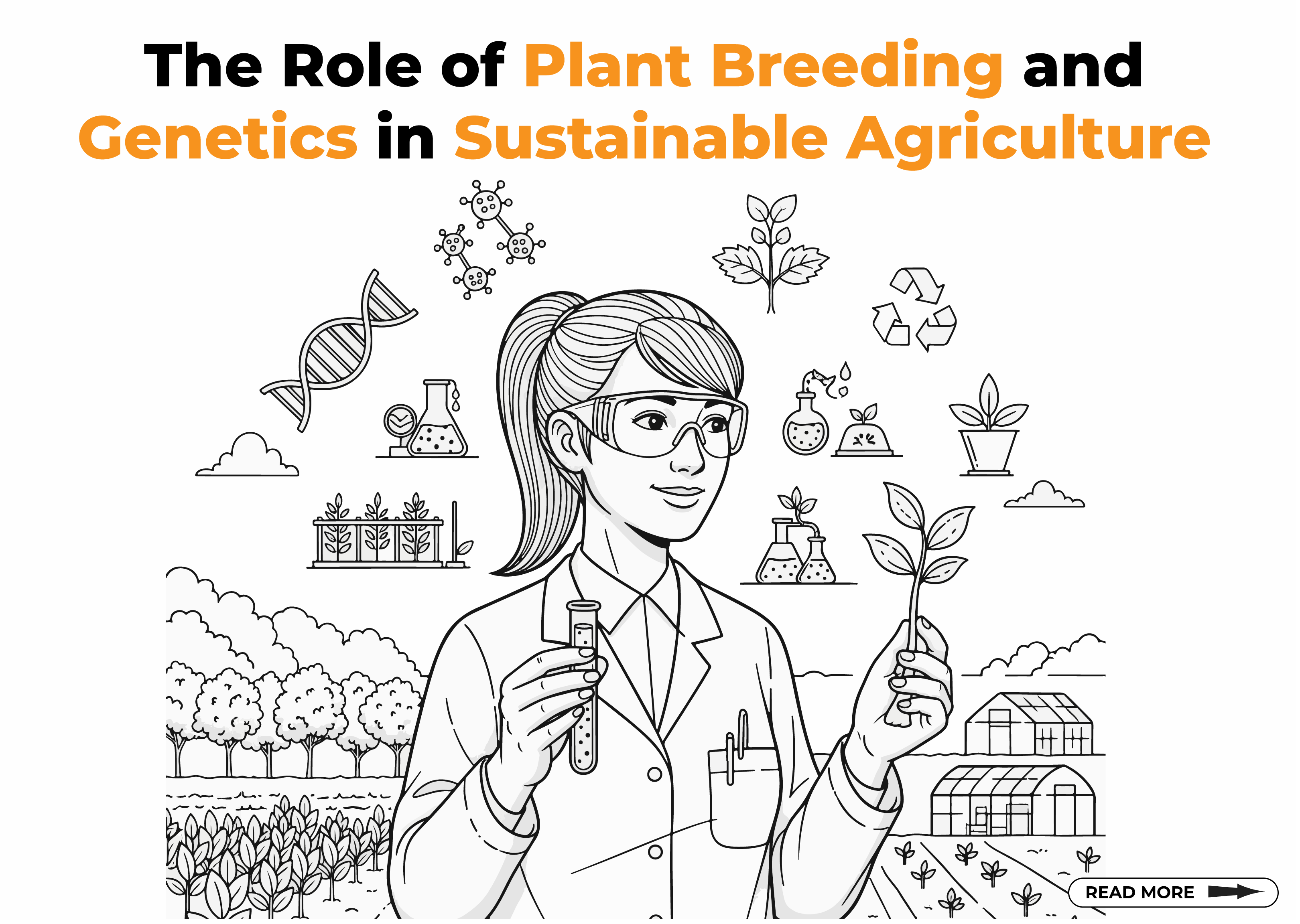When Our Minds Team with Machines: The Story of Generative AI
Have you recognized that subtle but powerful change happening all around us? For a long time we have been depending on machines to manipulate numbers, and tackle our most complex problems. The rise of Generative AI is redefining the boundaries of machine capabilities and human imagination. But recently an existence of something very interesting started to emerge. Machines are starting to act as creators, a role many of us think solely belongs to humans! Generative AI is something that was made possible by research labs; so much so, that the concept jumped from a solely theoretical idea to regularity in day to day life. This emerging model is changing how we doodle, how we take notes, how we paint, how we write music, and how we consider new potentialities. Today, AI and creativity go hand in hand to produce art, music, stories, and design.
Cliché catch-up tunes produced by AI, artwork from its algorithms, and conversations sounding human-like meaning one thing: An imagination is not pure science fiction. It’s our present. And it forces us to reflect on what we think of creativity.
So What is This “Generative AI” anyway?
Generative AI is, at its core, AI that makes stuff. The heart of this process lies in powerful generative models trained on massive datasets. Imagine it like your digital art friend, writing buddy, or composer buddy. It can make text, pictures, music, computer code, and video – whatever you desire. The true beauty of generative AI is that it creates new stuff. It learns from gathering up massive amounts of stuff – all the books, all the art, all the songs, all the conversations in its path – and then it applies what it has learned to generate something genuinely new. New stuff. Something that had previously never existed.
Although technologies like marginally upgraded ChatGPT, which can create a fully synthesized essay or engage in conversational back-and-forth with you, or DALL·E, which creates spectacular images based on a limited number of terms you type, are current modalities of generative AI, we are just scratching the surface of something that is transformative in how we create – all willingly fueled by imagination and whimsy, but powered by very clever machines. The future of creative AI promises even more human-like interactions and hyper-personalized outputs.
Why It Seems Like Pure Magic
What makes Generative AI feel like magic is the way it merges cold machine logic with the warm and chaotic messiness of human expression! When you prompt it to “write a love poem in the style of Rumi” or “create a futuristic city skyline,” and it gives you something touching or visually stunning, it feels like you are hallucinating. It is not simply just mimicking, but innovating based on a set of patterns it has learned from all of history and from so many cultures!
The real magic is how fast it all happens. Millions of data, centuries of art styles to reflect upon, the sum of all moments you have been inspired, all done in mere seconds!!! It is like seeing lightning in a bottle—except that bottle can now fit comfortably and softly in your pocket.
The Actual Impact: It Is A Whole Lot More Than Just Fun
Sure, the viral AI memes and catchy songs get all the headlines, but the actual, real-world impact is much larger and deeper—and it is quietly transforming all sorts of industries. Today, AI-generated content is changing workflows in design, education, healthcare, and entertainment.
In design: AI can account for the laborious early ideas, which saves an infinite number of man hours worth of iterating.
In education: teachers are using AI to create personalized learning materials and often simplify complex concepts into easier formats.
In business: AI has been churning out reports, writing code for applications, and even helping marketing teams develop interesting content.
For professionals, it is not about machines displacing our creativity. It’s a matter of systematizing and augmenting it—amplifying our very best ideas and speeding up production.
But There’s a Very Human Component to This
As exciting as this advancement is, there are some very serious questions that come to mind. The ongoing expansion of Generative AI invites deeper discussions on ethics, bias, and authorship. Who is the true owner of this AI-generated art? How do we conclusively create tools that don’t perpetuate biases present in the data source on which the tool learned? And when these machines are capable of imitating our unique human originality so convincingly, to what extent will this concept of our pure and unique human originality even matter?
These questions aren’t simply technical issues. These are fundamentally human problems. The choices we make now, are going to have an impact on how the tools develop as well as how they will be an integral part of our societal systems. Artists, educators, thinkers, leaders – we need to ensure we help navigate these systems and tools, not from a sense of fear, but as responsible and compassionate stewards. AI and creativity is not just about automation—it’s about enhancing human potential in beautiful, unexpected ways.
The ultimate goal of the development of AI tools, is not to take over our role as creatives – it is to allow us to create as we’ve only ever envisioned.

